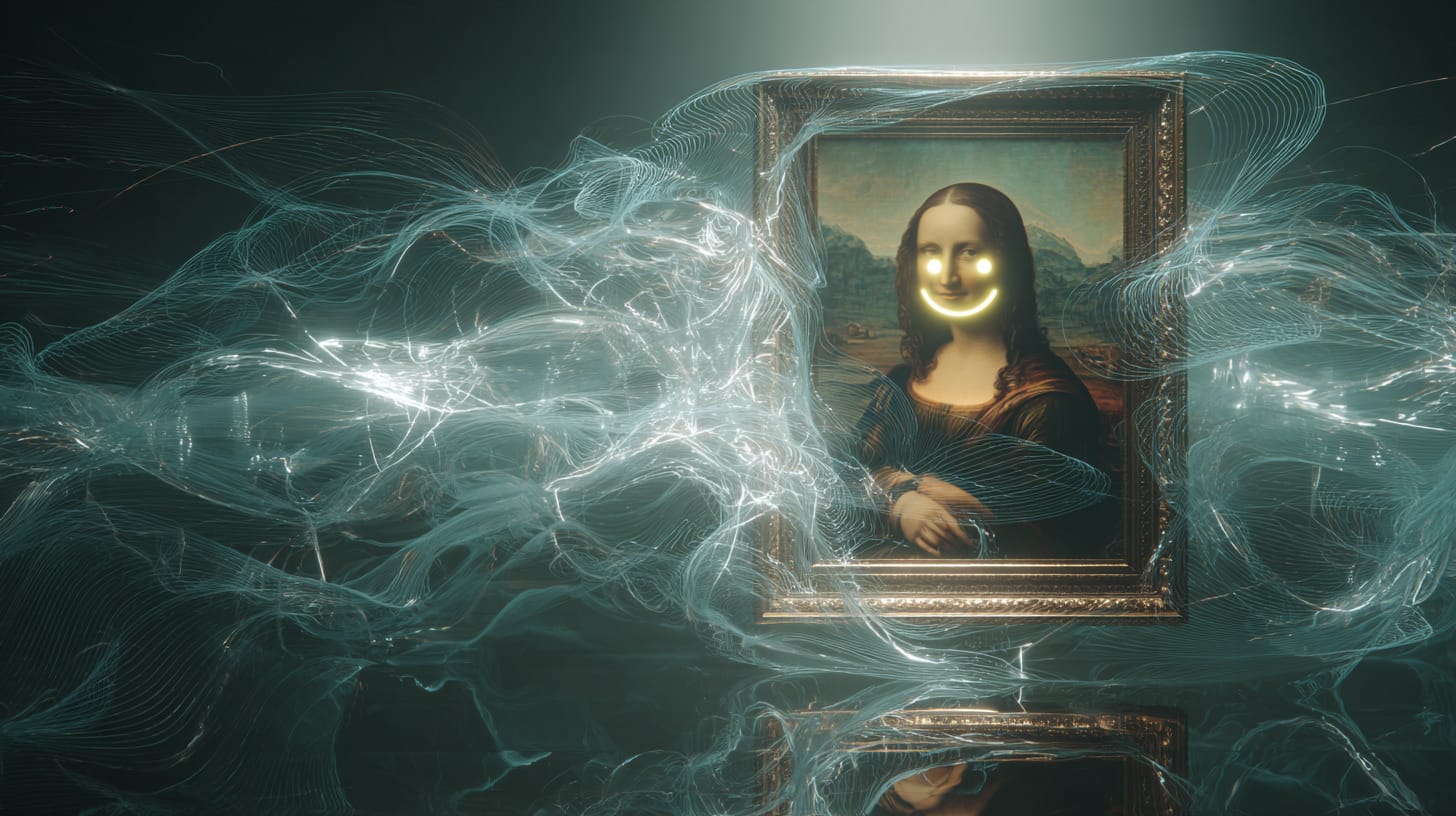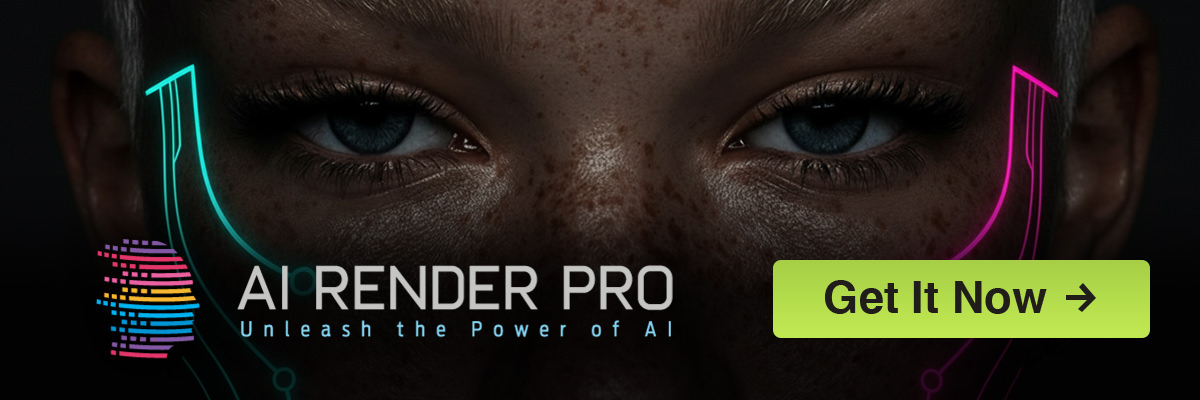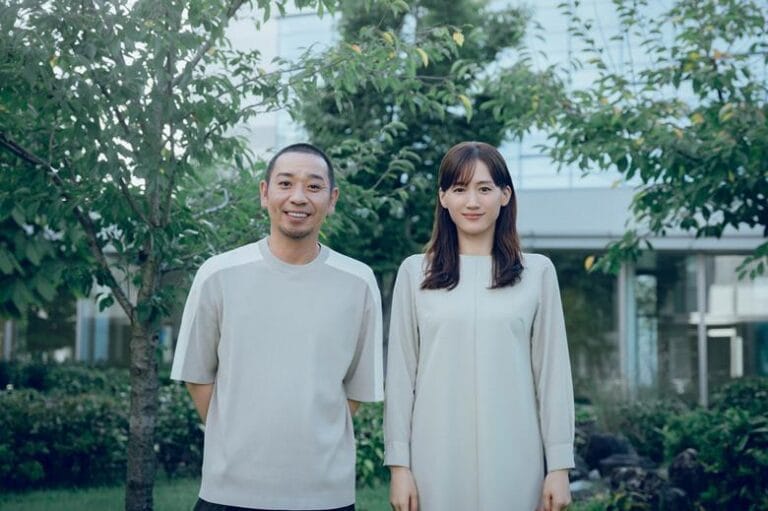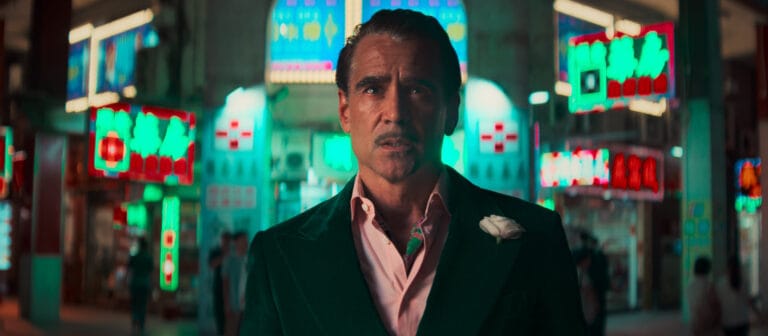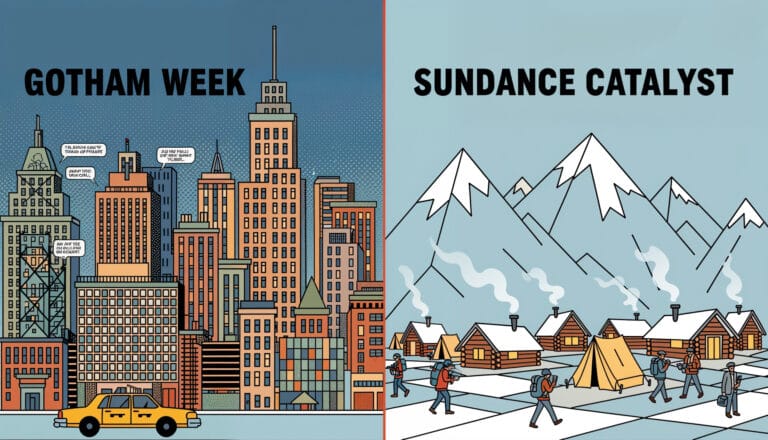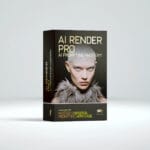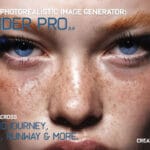Key Takeaways
- The “Zero-Click” World: AI search summaries, like Google’s AI Overviews, are answering user questions directly, drastically reducing clicks to websites like Wikipedia—and yours.
- Video is King: The dominance of short-form vertical video on platforms like TikTok and Instagram has fundamentally changed audience behavior and content discovery.
- Adapt or Disappear: Creatives must shift from traditional SEO to a new strategy focused on becoming an authoritative, citable source for AI and creating “destination” visual content that can’t be easily summarized.
When a titan like Wikipedia announces a significant drop in traffic, every content creator should pay attention. The Wikimedia Foundation recently pointed to two culprits that are reshaping the internet as we know it: the rise of AI-powered search summaries and the relentless dominance of social video. This isn’t just an issue for the world’s largest encyclopedia; it’s a canary in the coal mine for every filmmaker, AI artist, and creative professional who relies on the web to showcase their work and connect with an audience. The old playbook of building a beautiful portfolio website and optimizing it for search engines is quickly becoming obsolete. We are entering a new era where visibility is determined not by how well you rank, but by how valuable your content is to AI models and how effectively you can capture attention in a fleeting, video-first culture. For creatives, this presents both a daunting challenge and a unique opportunity, demanding a radical rethinking of how AI search is transforming content discovery.
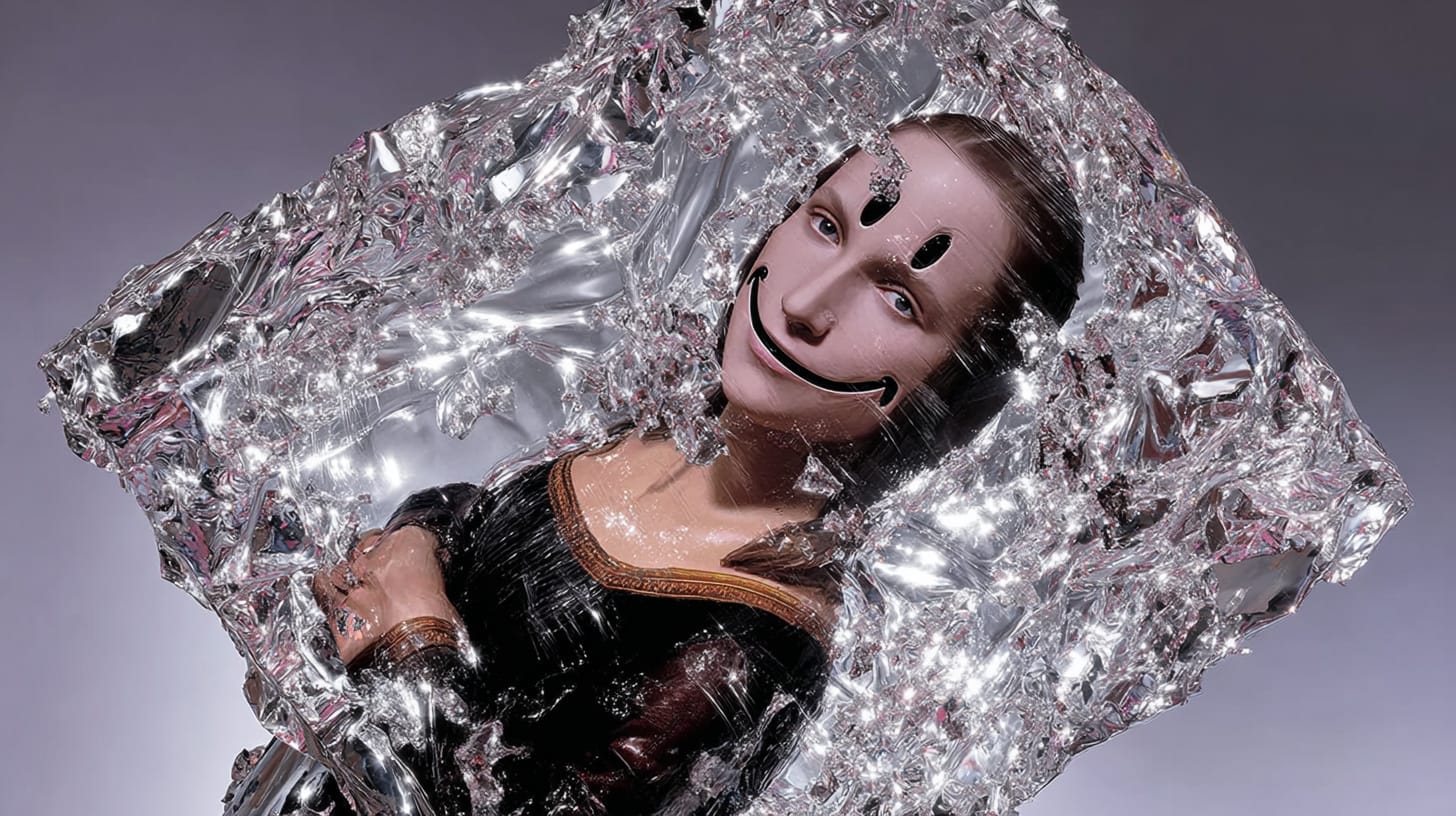
Understanding the “Zero-Click” Threat from AI Search
The fundamental contract of the internet used to be simple: you provide valuable information, and search engines send you traffic in return. That contract is being rewritten by AI. The emergence of “zero-click” search, powered by sophisticated AI models, means that users can get answers to their questions directly on the search results page itself. This technology, often referred to as AI Overviews or generative search experiences, synthesizes information from multiple top-ranking sources into a concise, conversational summary. While incredibly efficient for the user, it effectively bypasses the need to click through to the original websites, starving them of the traffic they once relied on. For creators, this means the meticulously crafted text on your portfolio site could be scraped, summarized, and served up to a user who never even learns your name.
This paradigm shift is already visible across major platforms. Google’s AI Overviews are being integrated directly into its core search product, while dedicated AI search engines like Perplexity AI are built entirely around this summarization model. These AI systems are designed to consume vast amounts of text from sources like Wikipedia, expert blogs, and artist statements, then present a definitive answer. For example, a user asking “What camera techniques were used in The Revenant?” might get a bulleted list generated by AI that pulled data from three different cinematography blogs, none of which receive a visitor for their expertise. This reality makes adapting to AI search less about keywords and more about establishing undeniable authority.
So, how do you combat being turned into an invisible data point? The key is to create “destination content” that AI cannot easily replicate or summarize. This means moving beyond simple text-based descriptions and focusing on unique, experiential content. Instead of just writing about your visual effects process, create an interactive case study on your website with before-and-after sliders, embedded video breakdowns, and downloadable assets. A filmmaker could create a digital lookbook for a project that includes not just stills, but also sound design snippets and director’s notes. The practical tip for every creative is this: make your website a place people need to visit to get the full story, offering an experience so rich and unique that an AI summary simply can’t do it justice.

The Unstoppable Rise of Vertical Video
Concurrent with the AI revolution is the complete cultural takeover of short-form, vertical video. Platforms like TikTok, Instagram Reels, and YouTube Shorts have fundamentally rewired audience attention and created a new, dominant channel for discovery. The polished, widescreen format of a cinematic showreel still has its place, but the raw, immediate, and easily digestible nature of vertical video is where new audiences are being built. This format isn’t just for viral dances; it has become a powerful tool for visual storytelling, education, and brand building, and it operates on an entirely different set of rules than traditional web content.
We see this playing out at every level of the industry. Major studios like A24 have mastered the art of using TikTok to build cult followings around their films, releasing cryptic clips and aesthetic-driven edits that generate massive organic buzz long before a trailer ever drops. On the independent front, filmmakers are using Instagram Reels to share stunning one-shot lighting tests or mind-bending VFX breakdowns, earning hundreds of thousands of views and building a direct line to their fans and potential collaborators. Netflix’s marketing machine heavily relies on creating platform-native video content that feels less like an advertisement and more like an organic part of the user’s feed. This shift proves that meeting the audience where they are is no longer optional.
For filmmakers and AI artists, ignoring this trend is tantamount to becoming invisible to a new generation. The practical takeaway is to embrace a “repurpose and create” mindset for video. Your primary work might be a 20-minute short film, but that single asset can be a goldmine of vertical video content. Create a 30-second Reel showcasing the most visually arresting shot, a 60-second TikTok explaining the sound design, or a YouTube Short that breaks down the color grading process. This content acts as the top of your marketing funnel, grabbing attention and leading curious viewers back to your larger body of work. It’s a vital part of adapting to the AI search and social discovery landscape, using video as a dynamic and engaging hook.
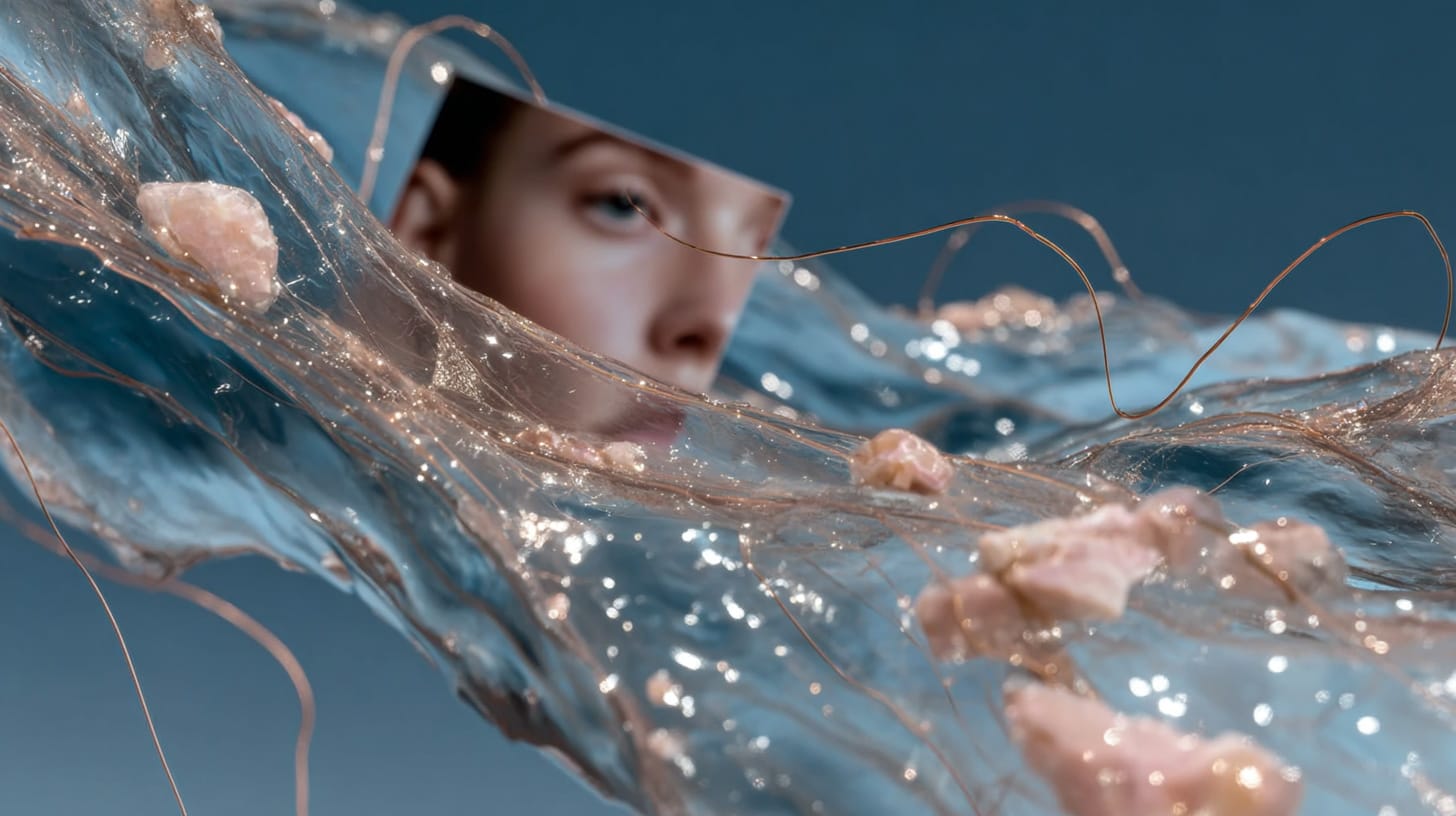
New Strategies for Adapting Content for AI Search
With AI now acting as the internet’s primary librarian and curator, the strategy for getting noticed must evolve from simple SEO to something more akin to building an academic reputation. To succeed with AI search, you need to create content that AI models are likely to trust and cite as an authoritative source. This involves a deliberate focus on demonstrating expertise, providing unique data, and structuring your content in a way that is easily parsable by machines. Forget keyword stuffing; the new goal is to become the definitive answer to a specific question within your niche, making your site an essential reference for both humans and their AI assistants.
Take a look at the resources provided by industry leaders like Unreal Engine or the Blender Foundation. Their websites are filled with highly structured, in-depth tutorials, technical documentation, and release notes that are organized with clear headings, schemas, and definitions. This makes their content a prime source for AI tasked with explaining a concept like “lumen global illumination” or “geometry nodes.” Similarly, individual artists on platforms like ArtStation who write detailed case studies—complete with software used, render times, and challenges overcome—are creating unique data sets that position them as experts. This is a crucial mindset for anyone adapting to AI search: you are not just showcasing your art, you are documenting a process and contributing to a body of knowledge.
The practical application of this strategy is to start thinking like a teacher and a documentarian. Within your portfolio or blog, create in-depth guides and tutorials related to your craft. If you’re a colorist, write the definitive guide to creating a “day for night” look. If you’re an AI artist, publish detailed prompt-crafting case studies with comparisons. A fantastic way to structure this is by including an FAQ section within your articles (much like this one), as it directly mirrors the question-and-answer format that AI search is built upon. By making your expertise explicit, structured, and easy for machines to understand, you increase the likelihood that when AI needs an answer, it will point directly to you.
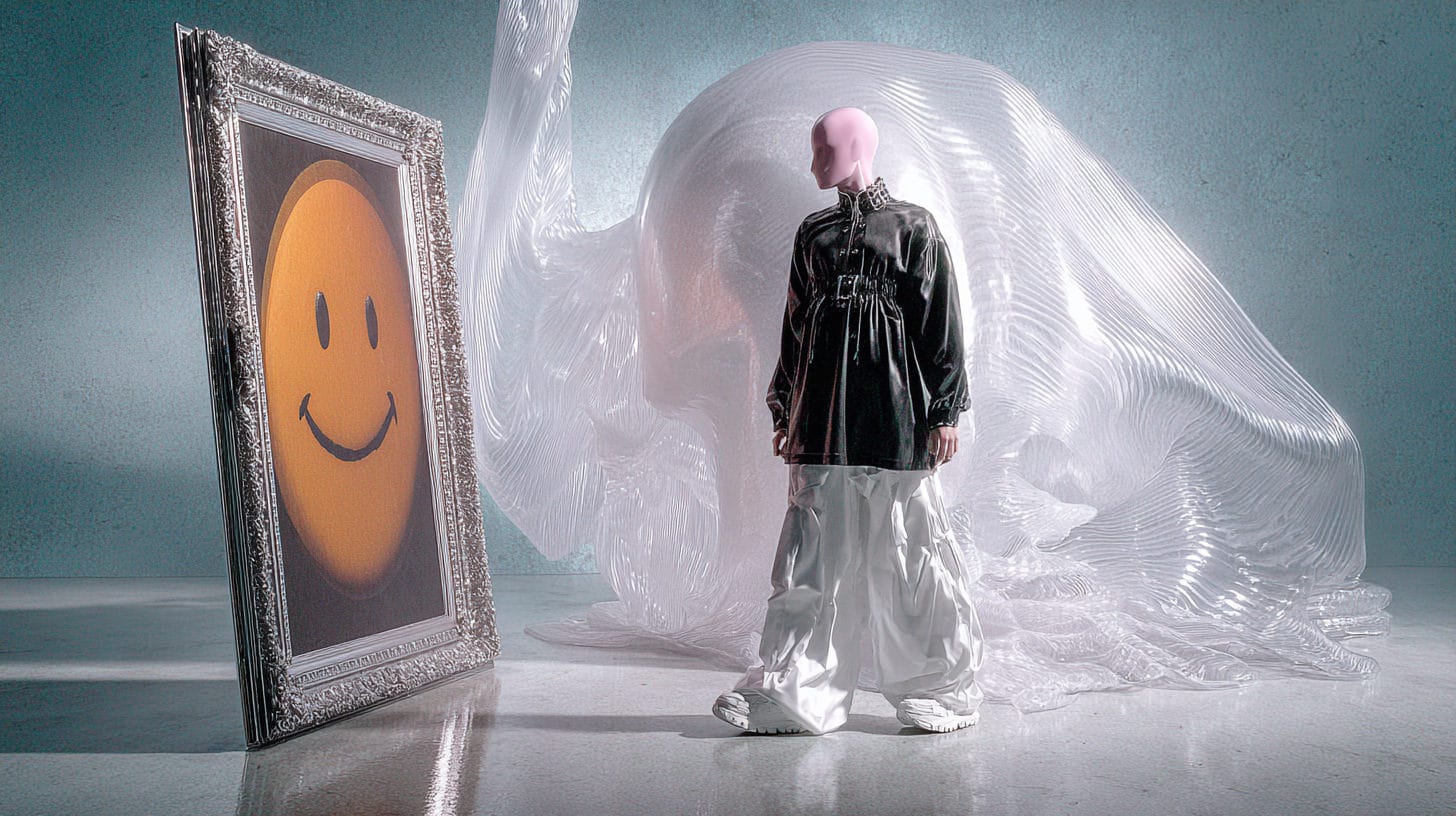
Building a “Source-Worthy” Brand in the AI Era
In an information landscape increasingly mediated by AI, the ultimate defense against obscurity is to build a brand that is “source-worthy.” This goes beyond just being an expert; it’s about becoming so synonymous with a particular niche, style, or technique that you are the go-to reference, the primary source that others—including AI search systems—turn to first. The goal is to transition from being one of many search results to being the definitive citation. This requires a long-term commitment to a specific point of view, consistent output, and the creation of truly original, non-replicable insights.
Consider the brand that creators like Corridor Digital have built on YouTube. Through years of consistent “VFX Artists React” videos, they have become the internet’s most recognizable authority on visual effects analysis. When a user asks an AI model a nuanced question about CGI, the data AI has been trained on is saturated with their insights and vocabulary. On a studio level, when a company like Laika publishes a deep-dive documentary on the stop-motion technology invented for one of its films, it establishes itself as a primary source on the topic. Their unique, proprietary knowledge is an asset that cannot be aggregated away; it can only be cited. Creating this kind of brand moat is a cornerstone of thriving in the AI search era in a sustainable way.
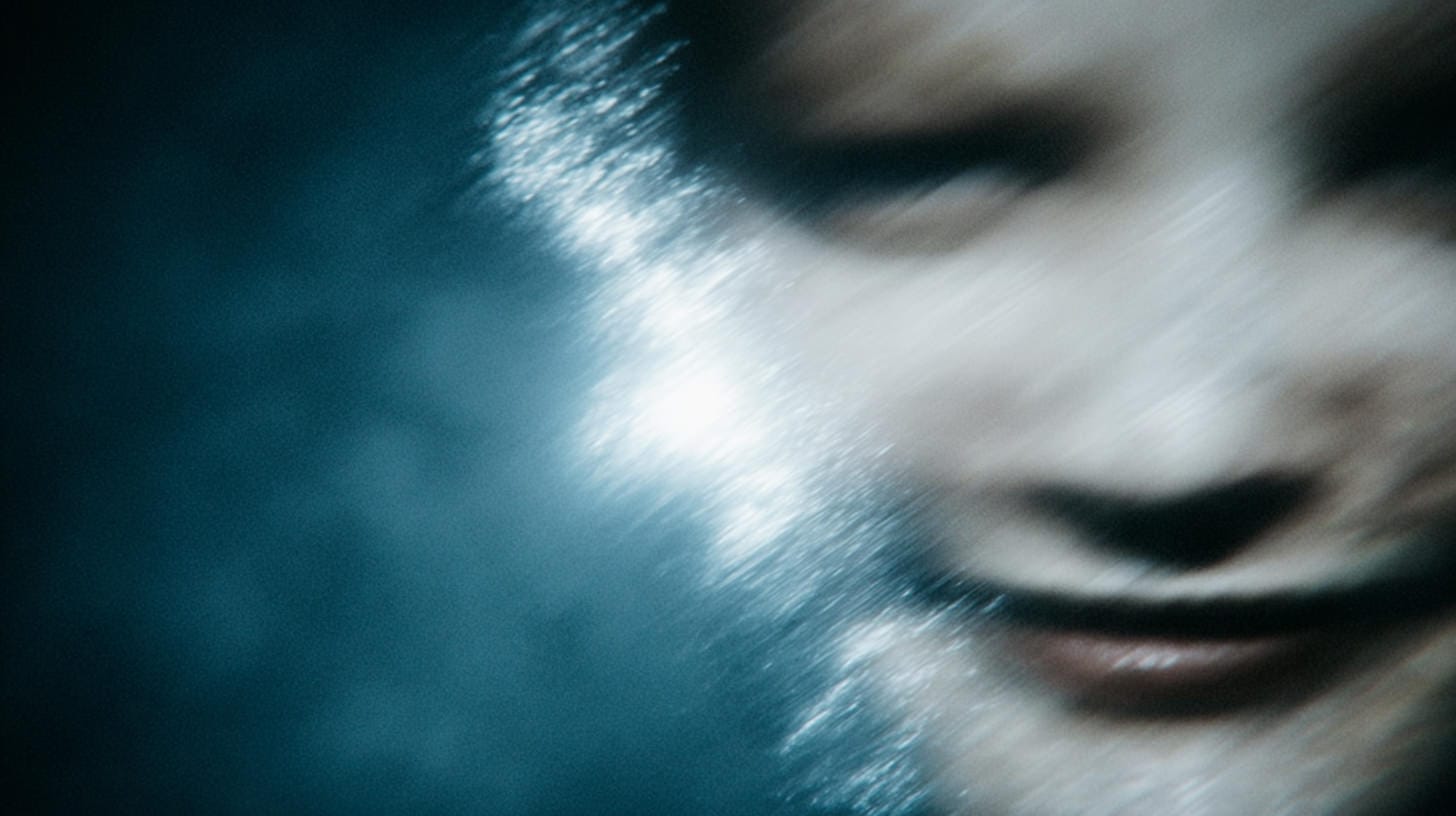
To build a source-worthy brand, you must double down on what makes your voice unique. Don’t just follow trends—create them. Conduct your own experiments and publish the results. If you are an AI artist, don’t just post images; develop and share a unique prompting methodology, like our Midjourney Mastery Guide, and give it a name. If you are a sound designer, create a unique sound library from original field recordings and write about the process. The practical tip is to find your “micro-niche” and own it completely. Your goal is for someone typing a query into AI to get an answer that literally includes your name or your brand, because you are the recognized originator of that specific knowledge.
Support Our Mission
Creating in-depth content like this and developing our film projects takes dedication and resources. If you’ve found value in this article, consider supporting our work by checking out our unique clothing collections and merch. Every purchase directly helps us finance our film projects and continue publishing quality content for the creative community.

Internal Links for Further Learning
- DesignHero Shop: Premium AI tools and resources for professional creators.
- Hero’s Essentials: Gear & Tools: Explore the essential gear and tools for modern filmmakers and creatives.
- Master your craft with our in-depth Midjourney Mastery Guide.
- Explore how AI is revolutionizing the entire production pipeline with these Filmmaking AI Workflows.
- Supercharge your creative process and make stunning visuals with Generative AI Made Easy with AI Render Pro.
Conclusion
The digital landscape is undergoing a tectonic shift, and the tremors that are shaking Wikipedia will be felt by every creative. The rise of zero-click AI search and the dominance of social video are not passing trends; they are the new reality. But for filmmakers, visual storytellers, and AI artists, this is not an apocalypse—it’s a clarification. In a world awash with summarized text, unique and compelling visuals become more valuable than ever. Your expertise, your voice, and your ability to create “destination” experiences are your greatest assets. By embracing these changes and proactively adapting to AI search and modern audiences, you can not only survive but thrive, ensuring your work remains seen, celebrated, and sourced.
Ready to master the tools of this new era? Explore our AI Render Pro to start creating breathtaking visuals that will define your unique brand and captivate the next generation of audiences.
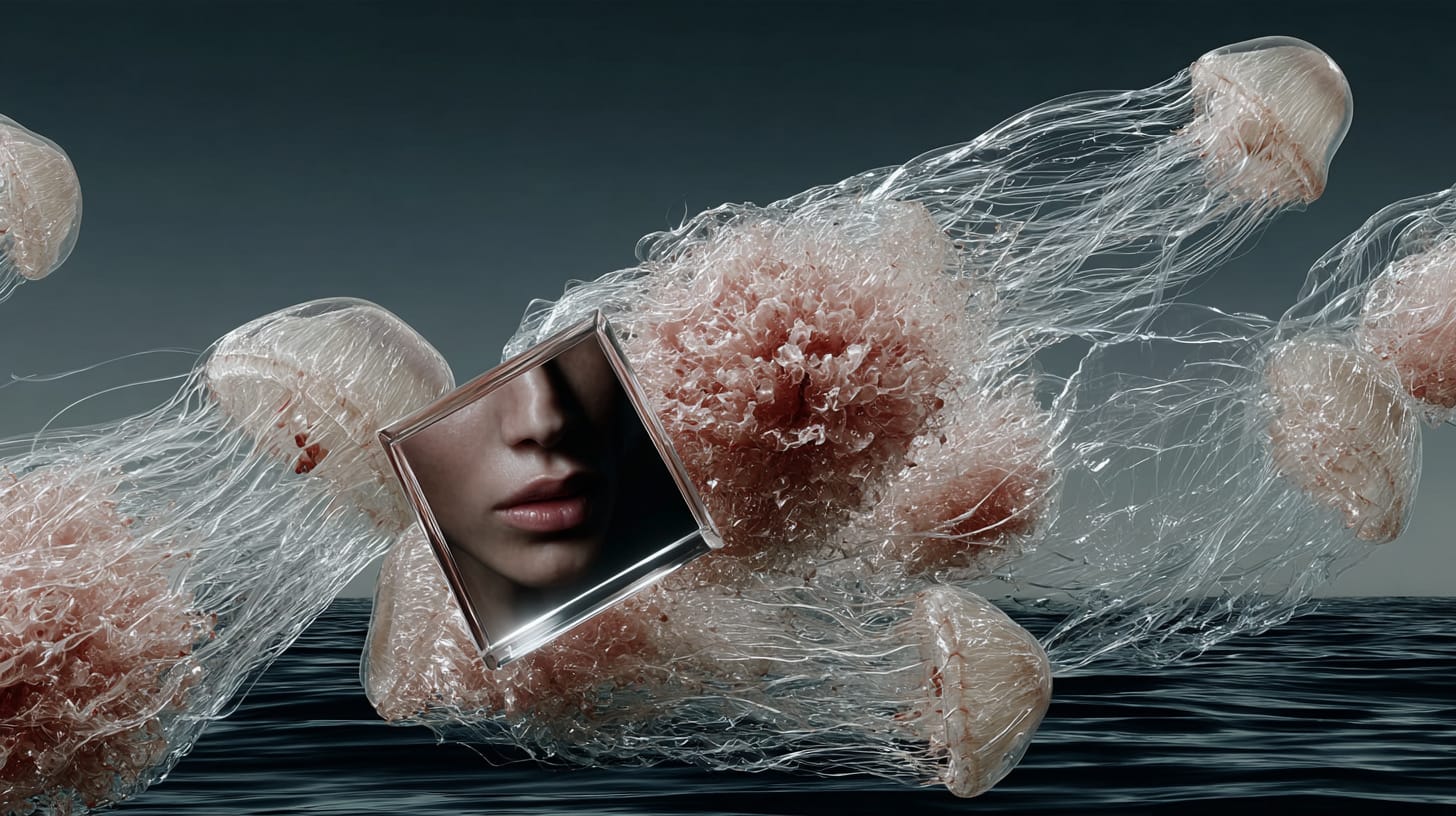
FAQ
What is a ‘zero-click’ search?
A ‘zero-click’ search occurs when a user’s query is answered directly on the search engine results page, often through an AI-generated summary or a featured snippet. The user gets their answer without needing to click through to any website, which reduces traffic for content publishers.
How can I make my creative portfolio more visible to AI?
Focus on creating “source-worthy” content. Write detailed case studies, in-depth tutorials, and articles that showcase your unique process and expertise. Use structured data (like FAQ schemas) and clear headings to make it easy for AI models to parse your information and recognize you as an authority on a topic.
Is blogging still relevant for filmmakers and artists in 2025?
Yes, but its purpose has changed. Instead of writing short updates, focus on creating long-form, “destination content” that serves as a definitive resource on a specific topic. A deeply researched article or a highly detailed tutorial is more valuable than ever, as it positions you as an expert source that AI is likely to cite and that humans will seek out for in-depth knowledge.
How is AI search different from traditional search engines?
AI search uses large language models to synthesize information from multiple sources and provide direct answers, rather than just listing links. This means users often get their answers without clicking through to websites, fundamentally changing how content creators need to approach visibility and discoverability.
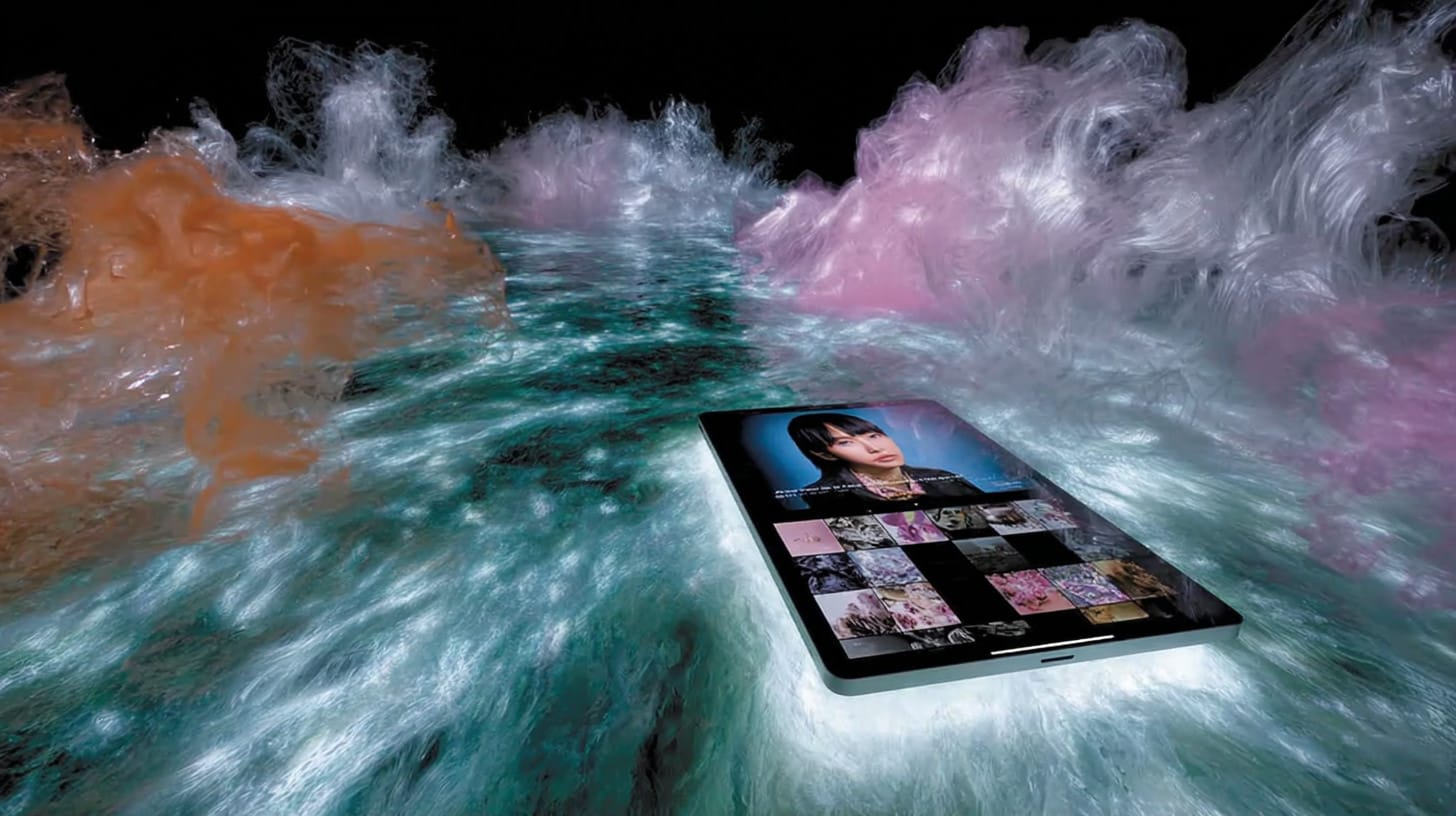
Discover more from Olivier Hero Dressen Blog: Filmmaking & Creative Tech
Subscribe to get the latest posts sent to your email.

